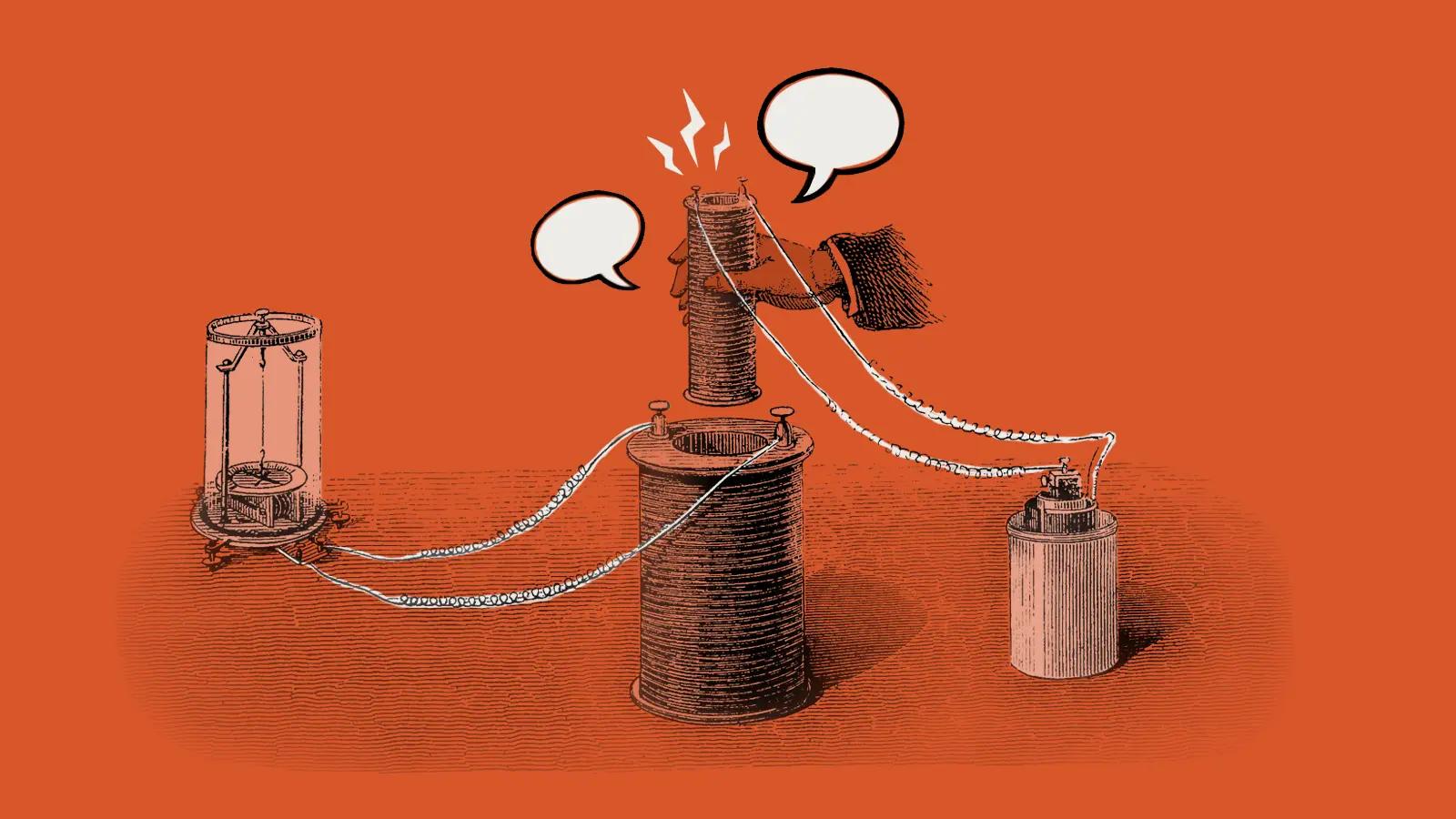How we manage a remote team across multiple timezones
Having team members scattered across the world is no longer an anomaly whether you’re a team of ten or ten thousand. Our small team of 11 spans three countries and four time zones, but we still feel connected - without feeling like we work around the clock. It isn’t easy, but it’s far from impossible.
This wouldn’t be possible without our communication tools:
- Slack for casual conversation and project discussion
- Github Issues for detailed project discussion
- Forecast for scheduling and milestone management
Together, these three tools allow our team to hit the ground running each morning with a full toolbox. Here’s how we do it:
- Ensure Forecast is up to date so everyone knows exactly what is on their plate.
- Create a scheduled Slack message to be sent at 9 am local time to outline priorities for the day, ask any questions and provide feedback. The scheduling tool in Slack is key to ensuring we aren’t pinging our overseas team during their evening and interrupting their downtime.
- Use Github Issues to outline scope, provide necessary files and documentation, and deliver client feedback.
- We have a daily standup that’s the start of our United States team morning and end of our overseas team day, allowing for comradery, handovers, and project updates while not interrupting flow time.
While this process works well for the daily flow, scheduling meetings with clients is a unique challenge. About a third of our team is 6+ hours ahead of the United States at any given time of the year. We encourage our development team to interact with our clients, whether it’s a project milestone meeting or retainer planning call, but aligning a Pacific Standard Time client with a Greenwich Mean Time developer is tricky.
We customize the solution to the situation, but we usually defer to one of these scenarios:
- We offer our developer a late start to their morning in exchange for them working later to accommodate the time difference.
- We schedule our meetings as early in advance as possible when we know there is a large time zone gap in hopes of finding a happy compromise between both teams.
- We outline “preferred time windows” for meetings involving our overseas team that are fair to both parties and ensure we aren’t encroaching on our developer’s evening.
One of our core values is proactive communication, and this is one of the ways we live that out. When both our developers and clients know what to expect, conversations around compromise are much easier.
We would be lying if we told you everyone worked a perfect 9-5 pm schedule every day across multiple time zones. That isn’t possible when you’re keeping as many projects a month afloat as we are. What is possible is ensuring open communication so the team can work together to make it as easy as possible for everyone involved.
Our project management team tends to start early (sometimes very early) to create as much overlap as possible with the overseas team for internal huddles, reviews, etc. Our development team sometimes has to work into their evening to accommodate a kickoff meeting or client meeting.
A key aspect of our culture is taking care of our people. So we make up for those accommodations people make by showing our appreciation - not only verbally but also through flexible schedules and additional vacation time. The goal is to show respect and appreciation for everyone - regardless of time zone - to make Good Work a place where people want to be.
(This article was originally posted on LinkedIn.)
Further reading
-

A Year of PM at Good Work
-

Animation on the web – the good, the bad, and the ugly
-

Ten years of Good Work
-

Expanding our services: Introducing ‘Friends of Good Work’
-

Good Work leads to a good life
-

Three things your project manager should be doing for you (but probably isn’t)
-

Eight lessons learned from eight years of Good Work
-

Putting the puzzle pieces together

 By Ariel, 6 Apr 2022
By Ariel, 6 Apr 2022
 By Caleb, 18 Nov 2025
By Caleb, 18 Nov 2025
 By Zac, 23 Jun 2025
By Zac, 23 Jun 2025
 By Garrett, 4 Mar 2024
By Garrett, 4 Mar 2024
 By Katie, 7 Dec 2022
By Katie, 7 Dec 2022